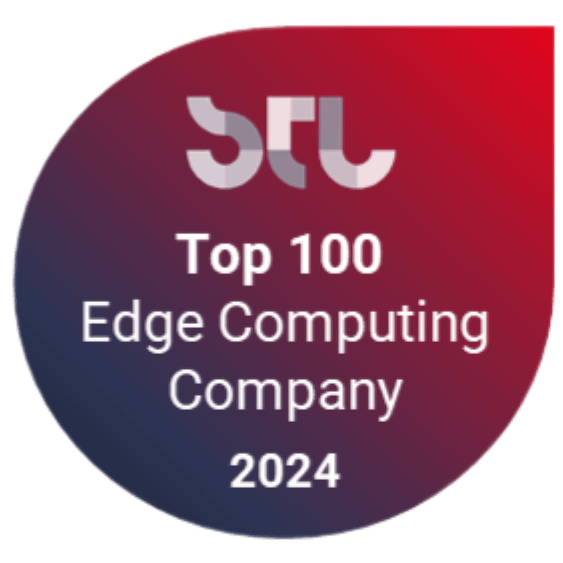The Growing Importance Of Multicloud Security
Coredge Marketing
February 15, 2023

It’s a multi-cloud era for growing enterprises, but multi-cloud opportunities can present multi-cloud security challenges and cost complexity. Cloud security architects must develop enduring procedures to secure cloud deployments against constantly evolving threats. Frequently, they must accomplish this across several providers, each with a different set of security models and services. IT leaders must give cloud security architects the tools they need to develop and implement enterprise-wide standards that consolidate and centralize best practices throughout their multi-cloud deployments as we move deeper into the multi-cloud era.
The following discusses the value of multi-cloud security, potential business barriers to multi-cloud adoption, and how incidents like the Log4Shell incident demonstrate the need for a cloud defence-in-depth strategy that includes enforcing the least privileged access and keeping an eye on outbound connections.
Importance of Multi-Cloud Security
Multi-cloud security is a key concern for most of the business and IT leaders for several business reasons, including vendor risk reduction and cost reduction. Naturally, multi-cloud security was cited by 95% of IT leaders as a strategic issue.
But just what does “multi-cloud security” entail? The comprehensive protection of assets across several public cloud platforms is made possible by multi-cloud security. Security cannot be implemented by businesses in the cloud the same way it is done on-premises. The shared responsibility paradigm and the cloud’s underlying assumptions diverge. The perimeter is much less defined, and the cloud is more dynamic. It might be expensive to develop, integrate, and run security technologies in the data center when moving them to the cloud. Cloud security architects must consider cloud-native security options from both cloud providers and outside companies specializing in multi-cloud functionality.
Security solutions must adjust to a new set of assumptions in the cloud, as well as to more ephemeral workloads, application identification, and dynamic IP addresses. Security tools must work natively and be simple to implement in order to prevent further complicating a scenario that is already difficult. The complexity of multi-cloud security across all public and private clouds can be managed by companies thanks to an expanding ecosystem of cloud-native but cloud-agnostic solutions.
Cloud Security Must Be Centralized and Standardized
Companies are aware that using multi-clouds is essential as they expand, but putting this understanding into practice may be difficult and extremely expensive.
Additionally, most businesses lack the security architecture necessary for effective multi-cloud security, and their staff members lack the expertise required to do so. Currently, 72% of businesses that use multiple clouds have distinct security strategies for each cloud service provider. This will unavoidably result in a flood of security issues and is extremely challenging for IT staff to control. IT leaders who are already battling visibility and security issues are wary of switching to multi-cloud because they understand that with each additional cloud and its own security model requirements, their issues will only get worse.
IT leaders must develop multi-cloud security awareness and multi-cloud visibility confidence. They must set aside funds and give their cloud security architects the authority to create a plan that will provide security with centralized visibility and uniform control across all clouds.
The Potential Vulnerability
There is no such thing as an invulnerable app, as demonstrated by recent threats and occurrences. IT teams cannot keep delaying the implementation of new security procedures until the next security vulnerability appears. Cloud security must operate under the premise of vulnerability and employ the greatest defence-in-depth techniques; defences within and outside of each app are essential and must be automated to keep up with the cloud.
Security architects must consider security controls in every layer of the stack, including the network, rather than only relying on posture management or simple access structures. They need to think about how threats can spread laterally or how they would detect data exfiltration in addition to how they monitor and stop harmful activity from entering the environment.
Furthermore, the goal here is not to replicate the data center security approach in the cloud. Since the public cloud is rather open, the cloud is distinct, and new security controls are needed to prevent undesirable actions, such as outbound communications to dangerous domains.
Conclusion
While some organizations might not currently perceive the need to create a multi-cloud security strategy, they can never predict what will happen. Because most businesses didn’t organize their projects in this manner, adoption was decentralized, and different groups adopted alternative strategies. IT executives should use a comprehensive cloud-native security strategy that combines multi-cloud security. A more dynamic security function that can operate faster, more confidently, and deliver better security results is made possible by centralizing multi-cloud visibility and control. They can satisfy important security and compliance needs without slowing down or impeding the operation.
IT leaders may adjust to the new cloud needs that business agility demands with the help of an integrated multi-cloud security strategy. However, managing many clouds can lead to growth and true competitive advantage with the correct tools, leadership, budget, and governance.





